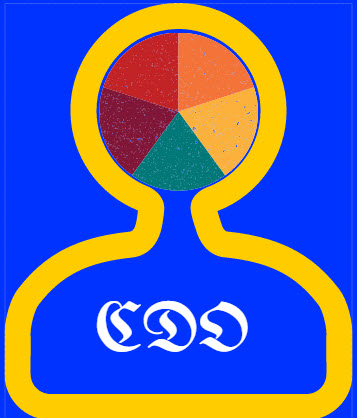Within the IT organization, different entities often fight for control and resources to support their objectives. For example, IT security personnel might ask for more control by taking away rights from end users, while IT support services objects to the request for fear of increased call volumes. Furthermore, with limited budgets, resources are limited, making it difficult to support IT projects for each department. However, executives have to make decisions, leaving some IT projects unfunded.
Unfortunately, too many executives make decisions based on intuition instead of readily available data. This endangers the future of many organizations. In a gated report, Gartner predicts “through 2020, over 95% of business leaders will continue to make decisions using intuition, instead of probability distributions, and will significantly underestimate risks as a result.”
Intuition can be dangerous to an organization. For example, the evolution of Netflix over the past decade was a result of a series of decisions that were made based on the available data as well as some predictive analytics. The data they analyzed indicated a decline in store rentals, an increase in future bandwidth capabilities, and a generation (Gen Z) that expected “instant gratification.” Those who ignored the data did not understand what customers wanted, what future customers would expect, and the technology that would be available to meet customer expectations.
Many companies used “intuition,” to project that people would not want to abandon the local store experience. Today, those companies are nowhere to be found.
Who is the CDO?
Many organizations are realizing the value of their data so they are beginning to treat their data as a company asset; hence, the rise of the Chief Data Officer (CDO). The new executive CDO role is responsible for exploring how to use the organization’s data for its benefit. The CDO role will require this executive to have market and industry knowledge with a “technical” understanding of the organization’s data.

CDO responsibilities will more than likely vary across different organizations; however, we should expect the role will include data governance, data analytics, and data technology. Data governance responsibilities include setting standards and consistent processes to ensure the consistency, accuracy, security, and availability of the data. Interpreting data using data analytics from business intelligence tools will be a critical part of the CDO role as well as choosing the best software tools that support the organization’s objectives.
How will the CDO impact IT Service Management?
The CDO will play a large role in how the IT service management organization and software is structured and integrated with other software tools. Analytics and metrics provided by ITSM reports will provide critical information that will help the CDO determine risk to the organization when new software tools, new processes, and new policies are implemented.
The data provided from the ITSM tools and reports is important when setting IT strategy and defining IT architecture. ITSM reports help organizations make informed decisions when choosing software and hardware to support the objectives of the organization.
For example, if an organization decided to change from PCs to tablets on a project supporting one of the business units, a pilot program would ensure the objectives of the project are met. ITSM reports and metrics are important when analyzing data to determine the costs required to support the proposed solution.
ITSM reports and metrics will provide CDOs with the information they need in order to make informed decisions, avoiding the need to guess or use intuition to set objectives for future IT strategy and related IT projects.
Summary
Data provided from IT service management reports and metrics will be vital information for the CDO as he/she defines strategy for new technology, process, policy, security, and IT architecture. ITSM managers should expect the CDO role to have a direct impact on how IT service management will be implemented, delivered, measured, and most importantly, integrated with other IT solutions within the organization.



